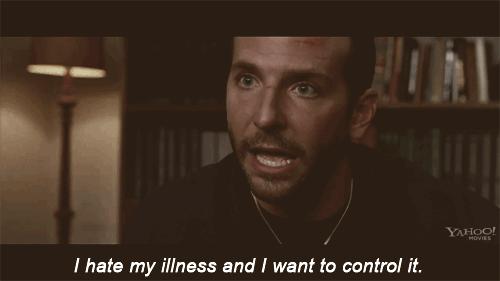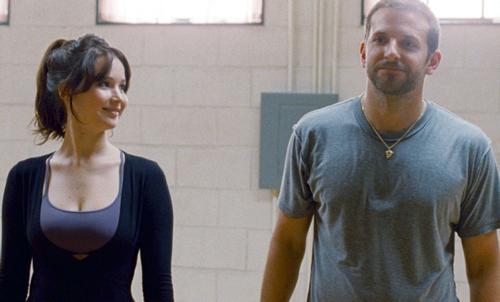
This is the least timely review ever, but you know what? It barely matters. I saw the film rendition of Matthew Quick’s The Silver Linings Playbook less than a month ago, months after the novel or film came out. A good friend had been badgering me to see the film for months, however I dismissed him. I thought that Jennifer Lawrence was his main draw card to the film and, although I can’t blame him, I left it at that. I had of course heard about the film, every newspaper I opened had reviewed it, and whist the reviews were good, could a big budget Hollywood film really deliver new perspective on an issue such as mental illness?
Turns out, it did deliver, and more: it has opened a dialog which all NEED to be a part of.
This is generally the part where reviewers give a synopsis of the film and run you through all the great features of the plot and cinematic techniques. I am no film critic, so I will leave that to the experts. Whilst I am a great believer in the magic of film and the cinemas ability to make the viewer feel part of a different world, the most exciting part of the film for me was its refreshingly honest take on mental illness. It was so exciting for me to see a film where the protagonist suffering from a mental illness was not made out to be a victim. Pat, who suffers from bi-polar disorder, actually seemed to me to be one of the sanest characters.

This got me to thinking, as a person who has suffered from mental illness (as I am sure many readers have at a time in their lives), how can it have taken so long for there to be positive and honest representations of mental illness in the media? A 2007 national survey found that 45% of Australians would be affected by mental illness in their lives; that is nearly half of the population. And that is just Australia. This film has been immensely popular, and with that popularity comes the hope that awareness can be raised about mental health issues.
This film brings new awareness to the global population, allowing them to join a dialog about mental illness. Great work is being done in Australia to spur this on. Beyond Blue have launched an ad campaign (conveniently starring one of my favorite actors, Ben Mendelsohn) “Getting to Know Anxiety”.
Whilst we cannot disregard the amazing work that Beyond Blue has done over the last decade, this is part of work to raise awareness about anxiety and other mental health issues, aside from depression. It is important for the public to be aware that being mentally ill doesn’t necessarily mean you are severely depressed; mental illness comes in many different forms and severities, and being able to recognize this is vital. Anxiety isn’t all hyperventilating into paper bags, depression isn’t all crying in to a bowl of ice cream, and obsessive-compulsive disorder is not about being an adorable germophobe, despite what commercial film and television may suggest.

Silver Linings Playbook was achingly honest, depicting not only Pat’s diagnosed illness, but also addressing a range of other issues through other characters: Patrizio’s obsessive compulsive traits and superstitions; Tiffany’s grief and depression; Ronnie’s rage issues. This sincerity drew me in to the worlds of these characters, evoking empathy within myself that resonated in ways I did not expect. Despite all cynicism, the feeling of hope evoked in me after seeing this film was extraordinary. Pat’s motto of ‘excelsior’ drives him to wade through all the crap of the world, and within himself, to find that one silver lining that makes life worth living.
“I’m gonna take all this negativity and I’m gonnna use it as fuel and I’m gonna find a silver lining, that’s what I’m gonna do. And that’s no bullshit. That’s no bullshit, that takes work and that’s the truth”
Mental illness has long been something left behind closed doors, something sufferers were made to feel ashamed about, left white-knuckling it alone. Seeing Pat so open and honest about his quest to improve himself gave me, personally, hope that I too can find a silver lining, as I am sure it has many.
“Silver Linings Playbook” despite all the messiness and hurt it portrays, does have a happy ending. And perhaps we all have a shot at one too.
By Clarissa Woods.

